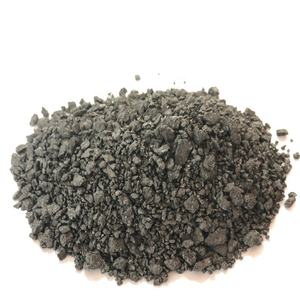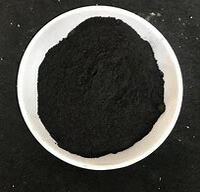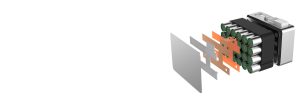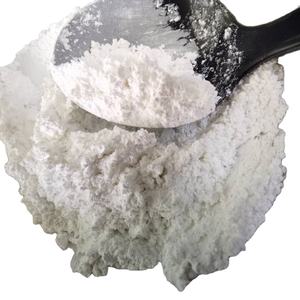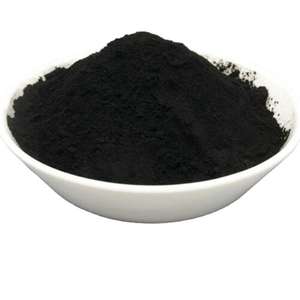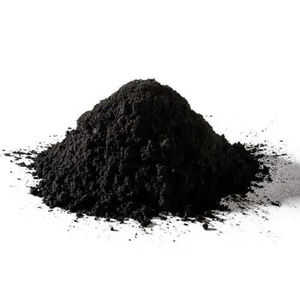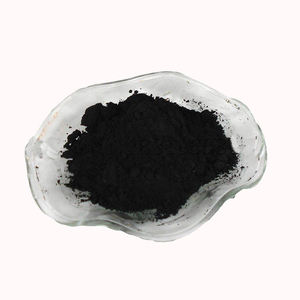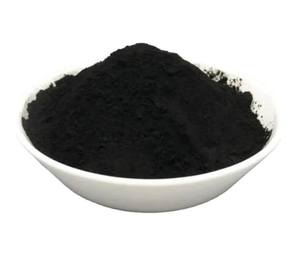Professional graphite material supplier, graphite for EV, grease, furnace and any other industries.
(Six kinds of lithium battery anode materials)
At present, negative electrode materials are mainly divided into two categories. One is carbon materials for commercial applications, such as natural graphite, soft carbon, etc. The other is under research and development, such as silicon-based materials, alloy materials, tin-gold materials, etc.
Lithium battery anode materials are roughly divided into the following types:
The first is a carbon anode material:
At present, the anode materials that are actually used in lithium-ion batteries are basically carbon materials, such as artificial graphite, natural graphite, mesophase carbon microspheres, petroleum coke, carbon fiber, pyrolytic resin carbon, etc.
This type of material is in a balanced negative electrode material in terms of energy density, cycle capacity, and cost input. It is also the main material that promotes the birth of lithium-ion batteries. Carbon materials can be divided into two categories, namely Graphitized carbon material and hard carbon. Among them, the former mainly include artificial graphite and natural graphite.
The formation process of artificial graphite is: after the soft carbon material is graphitized at a temperature above 2500 ℃, MCMB belongs to the more commonly used artificial graphite. Its structure is spherical, the surface texture is smooth, and the diameter is about 5-40μm. Due to the smoothness of its surface, the probability of reaction between the electrode surface and the electrolyte is reduced, which in turn reduces the irreversible capacity. At the same time, the spherical structure can facilitate the insertion and extraction of lithium ions in any direction and has a greater role in ensuring the stability of the structure.
Natural graphite also has many advantages. It has high crystallinity, many places to embed, and a low price. It is an ideal lithium-ion battery material. However, it also has certain disadvantages. For example, when it reacts with the electrolyte, the compatibility is reduced, and there are many defects on the surface when crushing, which will have a significant adverse effect on its charging or discharging performance.
The second is the tin-based negative electrode material:
Tin-based anode materials can be divided into two kinds of tin oxide and tin-based composite oxide. Oxide refers to oxides of various valence metal tin. There are currently no commercial products.
The third type is lithium-containing transition metal nitride anode materials, and there are currently no commercial products.
The fourth kind is the alloy negative electrode material: Alloyed lithium storage materials refer to metals and their alloys, mesophase compounds, and composites that can alloy with lithium. According to reports, lithium can react with many metals at room temperature (such as Sn, Si, Zn, Al, Sb, Ge, Pb, Mg, Ca, As, Bi, Pt, Ag, Au, Cd, Hg, etc.) The essence of the mechanism is the reaction of alloying and reverse alloying. Generally speaking, the theoretical specific capacity and charge density of alloyed anode materials are much higher than those of embedded anode materials. At the same time, the lithium insertion potential of this kind of material is high, and it is difficult to deposit lithium under the condition of large current charge and discharge. It will not produce lithium dendrites and cause battery short circuit, which is very important for high-power devices.
The fifth type is nano-scale anode materials: carbon nanotubes, nano-alloy materials.
The sixth nanomaterial is nano oxide material.
High quality graphite manufacturer
If you need graphite powder, please feel free to contact: sales@graphite-corp.com
(Six kinds of lithium battery anode materials)

